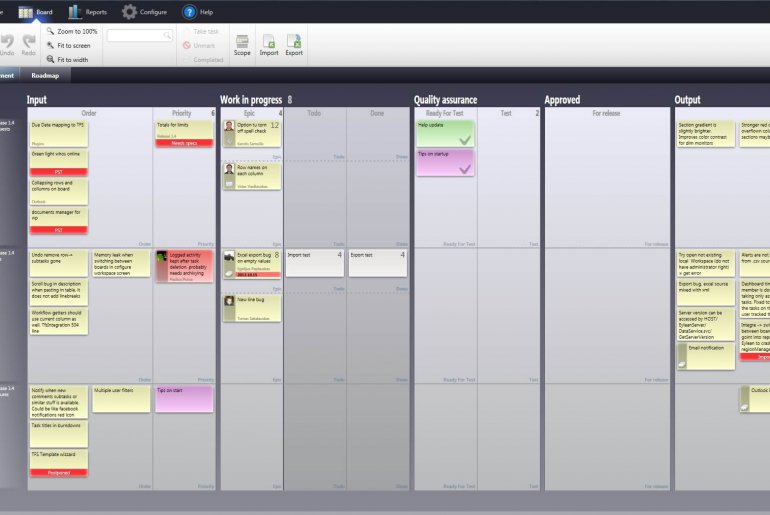Prelude
Fear of innovation, lack of mutual goals and organizational skills can drive any team into the ground. Also, it is worth mentioning that in the most common cases gap between great and average professionals in a team can be up to 10 times the difference, while the gap between great and average team can be up to 1000 times the difference. That being said, we all can agree that any team there is must consist of a leader and followers. If you are a leader you will be the one who is responsible for the team’s performance. Moreover, you will be responsible for not only keeping everything under control but continuously improving and innovating. There one might encounter rejection and resistance to changes.
“Ability to attract followers is exactly what makes you a leader.” Mary Poppendieck
Involve and maintain
As any rock needs some force to be moved, thus each of the team members might need some help. Pushing directly will probably result in rejection. Here is where the art begins, as a leader of a team you will be responsible for progress and failures. The first rule when adopting any new practice is to read enough and be prepared to answer any question from your team otherwise you will not be able to convince people. Each idea is much like a product that needs to be sold to someone, except you would not want to sell bad products.
Involving people should be as painless as it can be. If you choose practice toolsets (methodologies) like scrum or kanban, you should introduce two tools per 2 weeks or even per month. Start slowly first, then try to grow the pace. For example, the best way to get involved in agile practices is by implementing what we like to call “Board of transparency”. In kanban – task board, in the scrum – scrum board, but more or less it is the same – whiteboard divided into columns where you put sticky notes with defined tasks. Such a board instantly embraces mutual relations. Everyone will see what is their responsibilities and what others should do. Also, this will work as a slight push each day by knowing what needs to be done.
Next practice embraces teamwork – daily meetings. Each day in the morning everyone should meet near the “Board of transparency” and discuss what has been done, what needs to be done and what problems were encountered and how they can be solved. The meeting should take from 5 to 15 minutes according to team size from 3 people to 10 people. As a team leader you will be the host and run the show. Keep order and be strict on time. Yet, try to be helpful and resolve any discussion or arguments in a timely and friendly manner. Such meetings will retain habits to update the board with the latest information and transfer sticky notes through states.
Get playful when planning
Sometimes planning is a mood killer and everybody might start yawning. The playful approach will help to focus. Most of the time when planning we tend to argue a lot on estimations, this can be solved by employing a scrum technique called planning poker or scrum poker. It is fun because it involves cards and some mystery. You could start by printing your own cards or buying a pack from eBay or Amazon.You can read more about poker card values here. The idea is that everyone has the same value cards which go like 0 1/2 1 2 3 5 8 13 21… it is based on Fibonacci sequence. The values are separated in distances that help to evaluate accurately without doubting “Is it 4 or is it 5 hours?”. Everyone puts a card face down and when they are turned everyone should have a match, if so – it is a decision, otherwise, the team discusses the concerns and repeats until everyone turns the exact value card.
There are other approaches as well, like one that is called T-Shirt sizing. You estimate tasks on XS, S, M, L, XL, XXL sizes. So after a few project phases, you will begin to understand how many T-Shirts you can produce in 1 or 2 weeks or even 1 month. This works really well because it is easy to understand and can be implemented in no time.
Ending word
To sum up, the strong core of a team is a leader’s effort to involve everyone and keep things improving day by day. Methods and practices can solve one or two problems at a time for each tool, yet you will need a whole toolset like Kanban or Scrum to deliver a mature process on your team. We will talk more about best practices at advanced level on next post.





